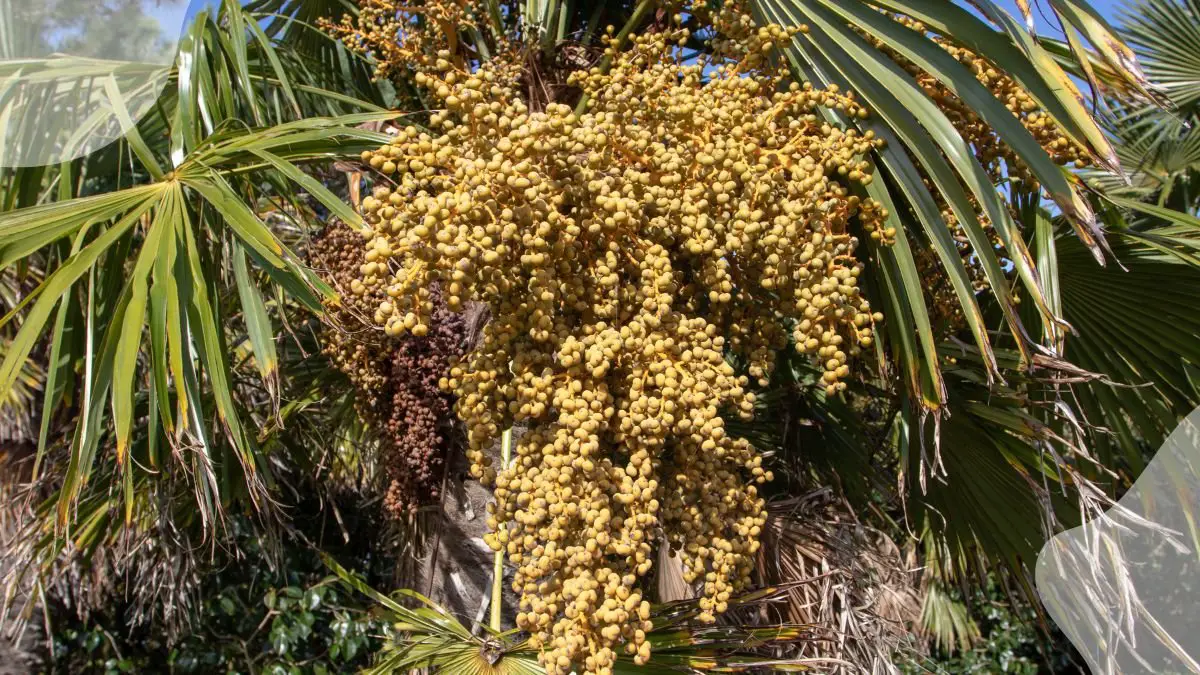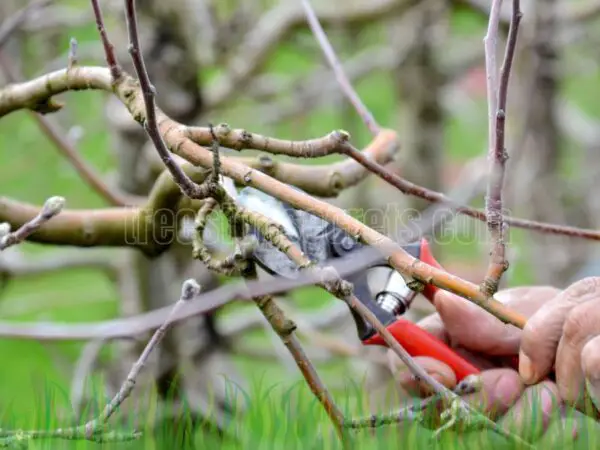Curious about transforming your garden into a tropical oasis? Windmill palms might just be the answer. These attractive palm trees, with their iconic swaying fronds and green foliage, can bring a touch of paradise to your outdoor space. Imagine relaxing under the shade of these majestic palms, creating a serene retreat right in your backyard. But did you know that windmill palms are not just about looks? They are hardy and adaptable, thriving in various climates and requiring minimal maintenance. Whether you're a seasoned gardener or just starting, windmill palms offer beauty and ease in one package.
Key Takeaways
- Plant Windmill Palms in Well-Drained Soil: Ensure proper drainage to prevent waterlogging and promote healthy growth.
- Provide Adequate Sunlight: Place your windmill palms in a location with partial to full sunlight for optimal development.
- Regularly Water Based on Weather Conditions: Adjust watering frequency based on the season and weather to maintain soil moisture levels.
- Protect from Frost During Winter: Shield your windmill palms from frost by covering them or moving them indoors during colder months.
- Prune Dead Fronds Annually: Trim off dead fronds to enhance the appearance and health of your windmill palms.
- Utilize Mulch for Insulation: Apply a layer of mulch around the base of the palm to conserve moisture and regulate soil temperature.
Understanding Windmill Palms
Cold Hardiness
Windmill palms, a tree plant, exhibit exceptional cold resistance, thriving in colder climates up to zone 7. They naturally resist pests and require minimal maintenance.
The windmill palm, a unique tree plant, with the ability to withstand cold temperatures makes it a popular choice for gardens in regions with harsh winters. Its resilience allows it to survive freezing temperatures without significant damage. This cold hardiness extends its growing range to areas where other palm species may struggle to thrive. The windmill palm's resistance to common pests reduces the need for chemical treatments, contributing to a more eco-friendly garden environment.
Height and Spread
Typically, windmill palms reach heights ranging from 20 to 40 feet, making them ideal for both residential and commercial landscapes. The fan-shaped fronds of the windmill palm spread elegantly, creating a tropical ambiance in any outdoor setting. Due to their slow growth rate, windmill palms, a tree, are perfect as accent pieces in gardens or along walkways.
The windmill palm, a graceful tree, adds a touch of sophistication to any outdoor space. Their height and spread, as attractive palm tree varieties, make them suitable for various landscaping designs, from creating focal points in large yards to adding a tropical flair to smaller gardens. With proper care and maintenance, these palms can enhance the aesthetic appeal of any outdoor area while requiring minimal attention.
Drought Tolerance
Windmill palms boast impressive drought tolerance, making them ideal choices for arid climates or areas prone to water scarcity. They can adapt to different soil types, including sandy or clay soils, further enhancing their versatility. Once established, windmill palms have minimal water requirements, reducing the need for frequent irrigation.
In regions with limited access to water resources, the windmill palm's drought-tolerant nature offers a sustainable landscaping solution. Their ability to thrive in dry conditions without compromising their visual appeal, especially windmill palm tree varieties, makes them valuable additions to xeriscapes or water-wise gardens. By conserving water and reducing irrigation needs, windmill palms contribute to eco-conscious gardening practices.
Planting Windmill Palms
Step-by-Step Guide
To plant windmill palms, start by selecting a perfect windmill palm tree. Dig a hole twice as wide as the root ball but no deeper than the root flare. Place the palm in the hole, ensuring it sits at the same depth as it was in the nursery pot. Fill the hole with soil and water thoroughly.
Transplant windmill palm trees carefully to avoid damaging the roots. When transplanting, ensure that the new location offers adequate sunlight and well-draining soil. Water the transplanted palm regularly until it establishes itself in the new spot.
For optimal growth, provide regular watering, especially during dry spells. Fertilize windmill palms with a balanced fertilizer in spring and midsummer. Prune any dead fronds to maintain a tidy appearance and promote healthy growth.
Best Planting Locations
Choose locations with well-draining soil and full to partial sunlight for planting windmill palms. These palms thrive in areas where they receive ample sunlight throughout the day. Consider planting them near pool areas or entrances to enhance the landscape with their tropical appearance.
Windmill palm trees can add a touch of elegance to outdoor spaces due to their graceful fronds and slender trunks. Their versatility allows them to complement various landscaping designs, from tropical themes to modern minimalist settings. Incorporate them into garden beds or as standalone specimens for visual impact.
Enhance your outdoor oasis by strategically placing windmill palms near patios, decks, or walkways. Their lush foliage and unique texture create a captivating focal point while providing shade and privacy in your backyard retreat.
Soil Requirements
Windmill palms thrive in well-draining soil rich in organic matter. They prefer slightly acidic to neutral soil pH levels ranging from 6.0 to 7.5. Sandy loam or loamy soils with good drainage are ideal for these palms.
These palms exhibit adaptability to various soil conditions, including sandy, clayey, or loamy soils. However, ensure that the soil is not waterlogged to prevent root rot and other diseases. Windmill palm trees have low maintenance needs when it comes to soil quality, making them suitable for both novice and experienced gardeners.
Caring for Your Palm
Watering Needs
Windmill palms require consistent watering to thrive. Water deeply, allowing the soil to dry slightly between waterings. Overwatering can lead to root rot.
To ensure healthy growth, water windmill palms about once a week during the growing season. Adjust frequency based on weather conditions and soil moisture levels.
Proper watering is essential for windmill palms. Avoid waterlogging by ensuring good drainage in the soil. Use a moisture meter to monitor soil moisture levels.
Pruning Tips
Pruning windmill palms is crucial for their aesthetics and health. Regular pruning helps maintain a tidy appearance and removes dead or damaged fronds.
For best results, prune windmill palms in late winter or early spring before new growth emerges. Use sharp pruning shears to make clean cuts without damaging the tree.
To maintain their attractive appearance, remove yellowing or browning fronds regularly. Be cautious not to cut too close to the trunk, as this can damage the palm.
Winter Protection
Protecting windmill palms during winter is vital to ensure their survival. Shield them from cold temperatures by wrapping the trunk with burlap or frost cloth.
During cold spells, provide additional insulation by covering the palm with a blanket or plastic sheet. Ensure proper ventilation to prevent heat buildup and moisture retention.
In extreme cold climates, consider using a heat lamp or space heater near the palm to provide extra warmth. Mulch around the base of the tree for added insulation.
Common Questions Answered
Palm Height
Windmill palms typically grow to heights ranging from 20 to 40 feet, making them smaller than some other palm species. Their moderate height makes them ideal for smaller spaces and urban environments. These palms' modest stature contributes to their elegance and versatility in various landscape designs.
Palm Hardiness
Windmill palms exhibit remarkable cold hardiness compared to many other palm varieties. They can withstand temperatures as low as 5°F, making them suitable for regions with harsh winters. This resilience allows them to thrive in challenging weather conditions, making them a popular choice for gardeners in colder climates.
Palm Care Basics
Proper care practices are essential for maintaining healthy windmill palms. These palms require well-draining soil and regular watering to thrive. They prefer partial shade but can tolerate full sun exposure. To ensure their long-term health, avoid overwatering and provide occasional fertilization during the growing season.
- Essential Care Practices:
- Regularly check the soil moisture levels and water when the top inch of soil feels dry.
- Mulch around the base of the palm to retain moisture and regulate soil temperature.
- Prune dead or damaged fronds to promote air circulation and prevent disease.
Palm Spread
The fronds of windmill palms have a graceful spread that adds to their aesthetic appeal. Their symmetrical arrangement creates a visually pleasing canopy, making them an attractive choice for landscaping. These palms can form a dense, lush green cover in outdoor settings, providing shade and enhancing the overall beauty of the area.
Related Resources
Drought Tolerant Plants
Windmill palms are excellent drought-tolerant plants that can withstand arid conditions with minimal water needs. Once established, they require little watering, making them ideal for regions prone to droughts. These palms maintain their beauty even in dry climates, adding a touch of greenery to landscapes.
All About Palm Trees
Palm trees encompass a variety of species, each with unique characteristics. Windmill palms, known for their distinctive fan-shaped leaves, stand out among palm tree varieties. Their versatility allows them to thrive in various landscapes, from tropical settings to more temperate zones. The aesthetic appeal of palm trees enhances the visual appeal of any garden or outdoor space.
Closing Thoughts
You now have a solid understanding of windmill palms, from planting to caring for them. By following the tips provided, you can ensure your palms thrive and beautify your space. Refer back to the common questions section if any doubts arise, and explore the related resources for further insights and assistance. Embrace the greenery these palms bring and enjoy the tranquil ambiance they create in your surroundings.
Take action now by applying what you've learned about windmill palms. Start planting with confidence, knowing how to care for them effectively. Your efforts will be rewarded with lush, vibrant palms that enhance your outdoor environment. Share your newfound knowledge with fellow plant enthusiasts and continue to nurture your green thumb!
Frequently Asked Questions
How fast do Windmill Palms grow?
Windmill Palms grow at a moderate pace of around 1-2 feet per year. The growth rate can vary based on factors like climate, soil quality, and care provided.
What is the best location to plant Windmill Palms?
Choose a spot with well-draining soil, ample sunlight, and some protection from strong winds. Windmill Palms thrive in USDA hardiness zones 7-11.
How often should I water my Windmill Palm?
Water your Windmill Palm deeply but infrequently. During the growing season, water every 7-10 days, adjusting based on weather conditions and soil moisture levels.
Do Windmill Palms require pruning?
Windmill Palms typically don't require pruning unless removing dead or damaged fronds. Trim fronds close to the trunk without cutting into it to maintain the plant's health.
Are Windmill Palms resistant to pests and diseases?
Windmill Palms are relatively resistant to pests and diseases. However, common issues include spider mites and fungal infections. Regular inspection and proper care can help prevent these problems.
Image Source: Paid image from CANVA



